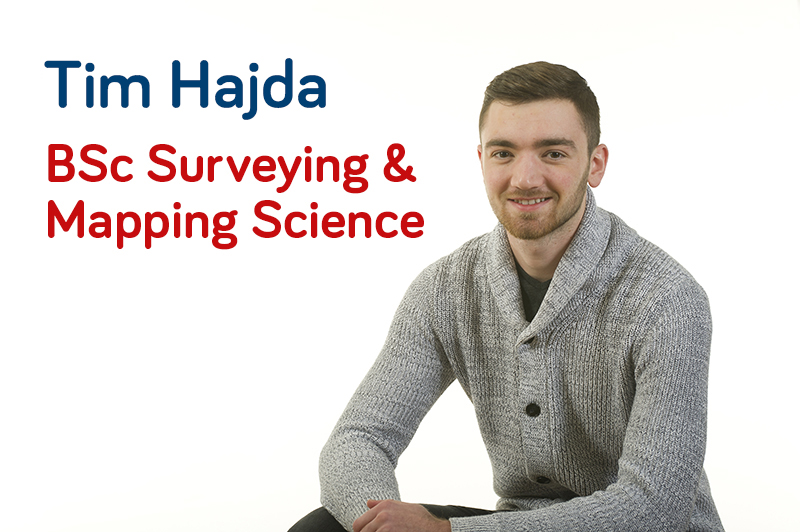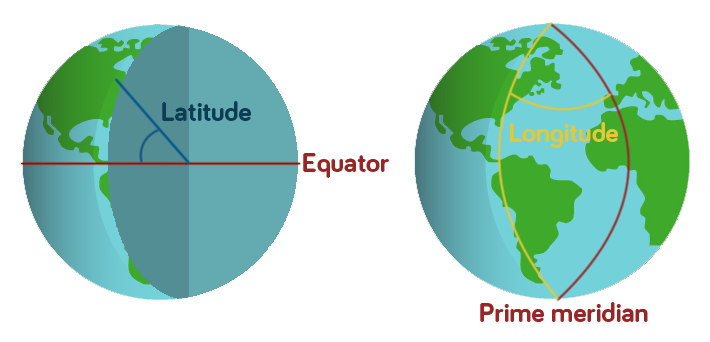Second year Geographic Information Science student Sheoma talks us through what a typical day is like for her studying and living in Newcastle.
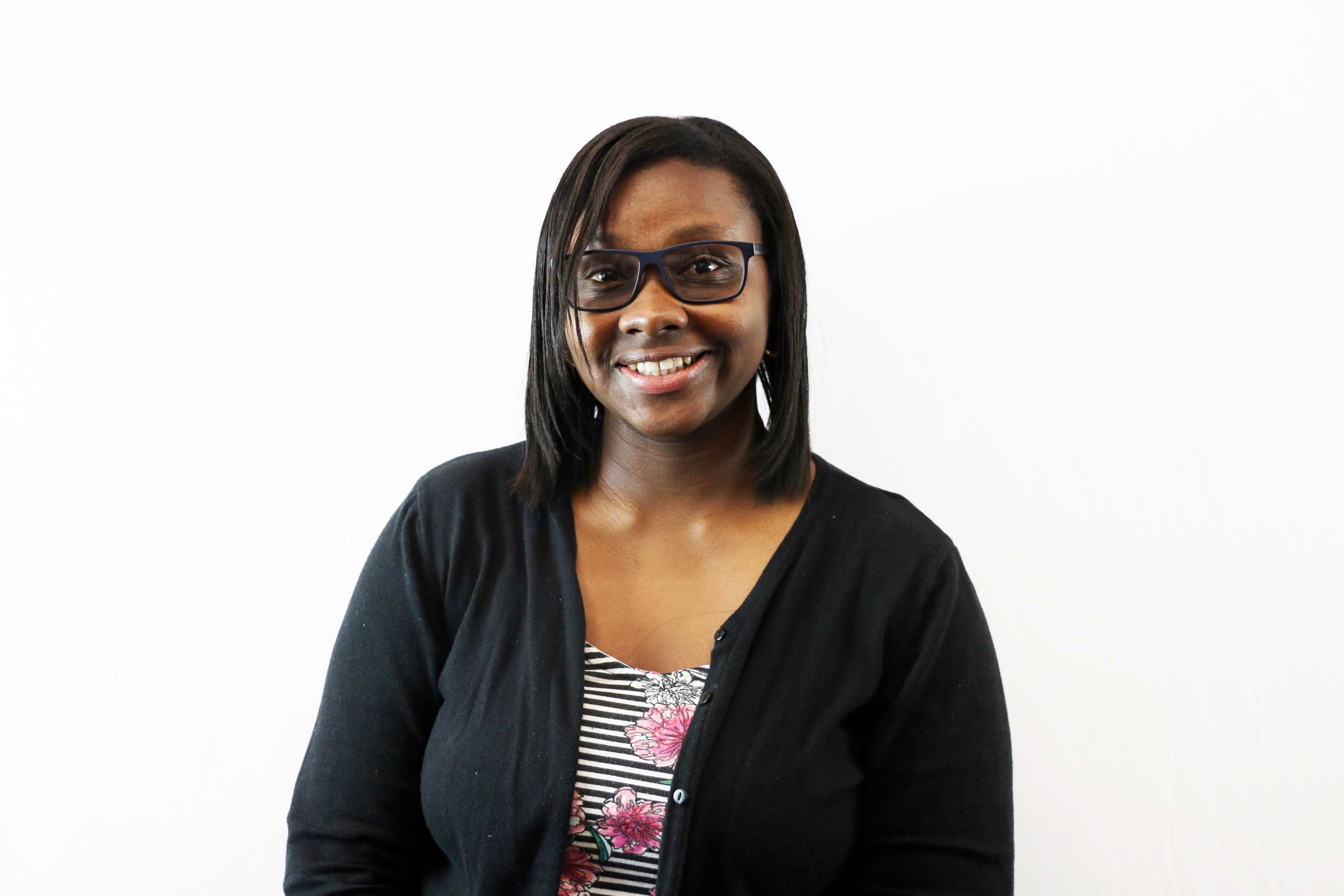
Hi everyone!
My name is Sheoma and I am a second year undergraduate student studying Geographic Information Science (GIS).
Newcastle University was the obvious choice for me as the city seemed very small and friendly and the quality of the teaching on my degree was extremely high.
My typical day consists of being at university from 9AM – 5PM for lectures and practicals. After, I usually head home to work on assignments. Sometimes I socialise with friends by heading to the cinema or catching student deals at my favourite spots.
Lectures
My course consists of many lectures and modules that are all interconnected and contribute to my overall learning experience. Practicals give me the opportunity to practice skills or theories that may have been discussed in lectures. They also allow you to gain a better understanding of the course content by giving you hands-on experience. Don’t worry if you find yourself saying ‘aha’ during a practical. It is expected that they clarify things that may have been otherwise difficult to comprehend. There are also occasionally a few seminars where specific topics are discussed to stimulate ideas and encourage everyone to participate. Although there are many lectures and practicals, you will appreciate them when you realise that they have equipped you with all the skills necessary to be one of the best in your profession.
Social Life
As a GIS student, you can become a member of the Civil Engineering & Geosciences (CEGsoc) society. They organise a variety of events that range from socials to paint balling. A particular favourite of the society is the annual Christmas Ball where everyone puts on their most exquisite attire! If you fancy something else, there are over 160 societies to choose from, as well as the many adventures that await you in the ‘Toon’.
The thing that I find most interesting about my course is the strong links with industry. We constantly have the opportunity to network with employers who value and appreciate the level of academic excellence at Newcastle University. This makes the placement and graduate process more straightforward because we have already been exposed to a lot of different companies and have an idea of what they expect from graduates.
Hope to see you soon!
Sheoma
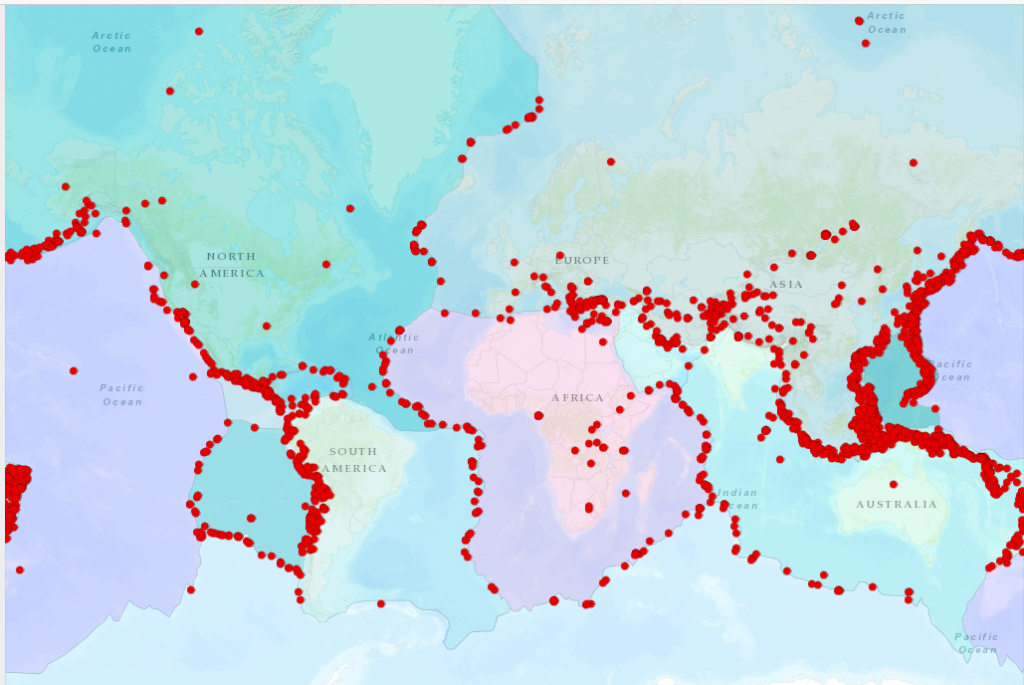
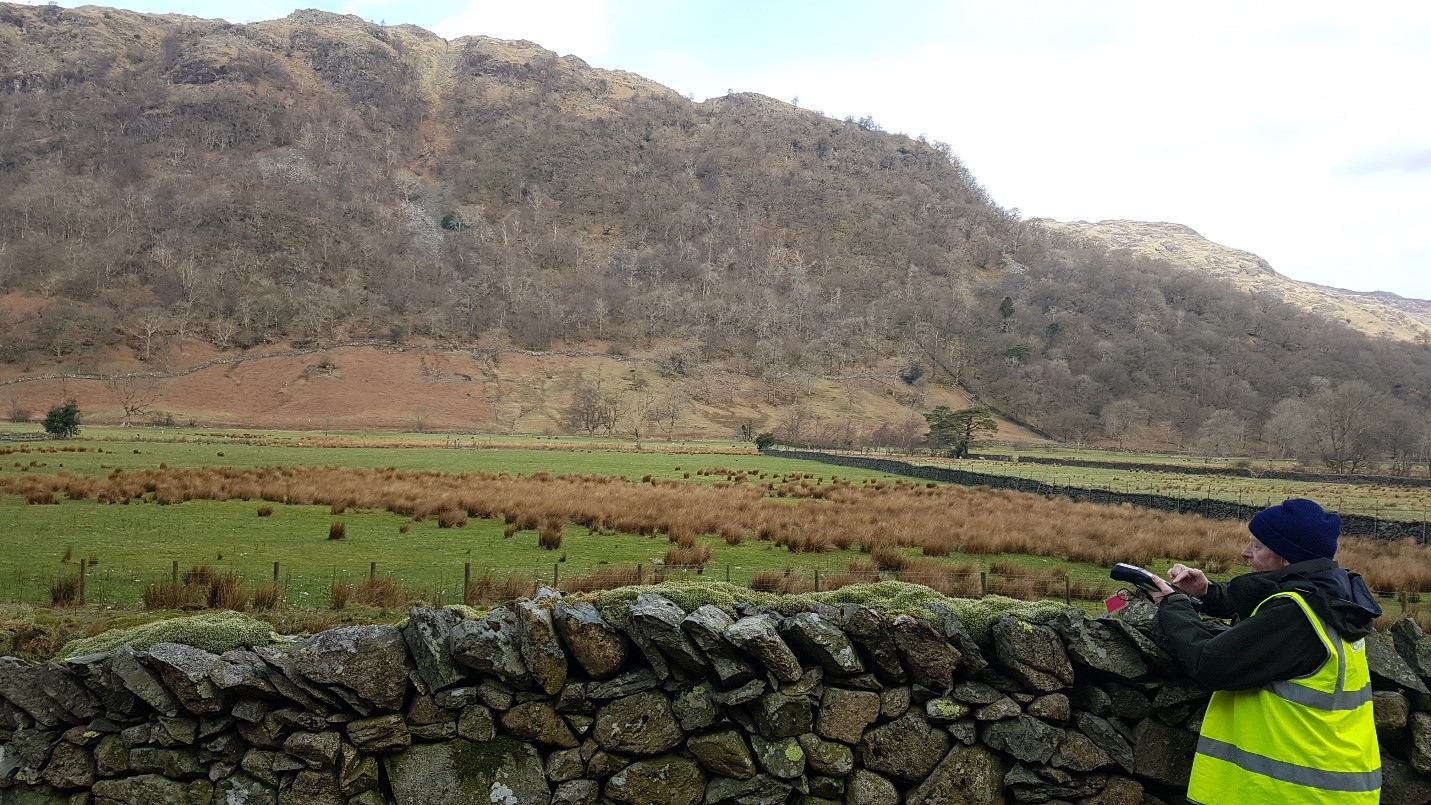 Dr. David Fairbairn using a Leica Zenos.
Dr. David Fairbairn using a Leica Zenos. 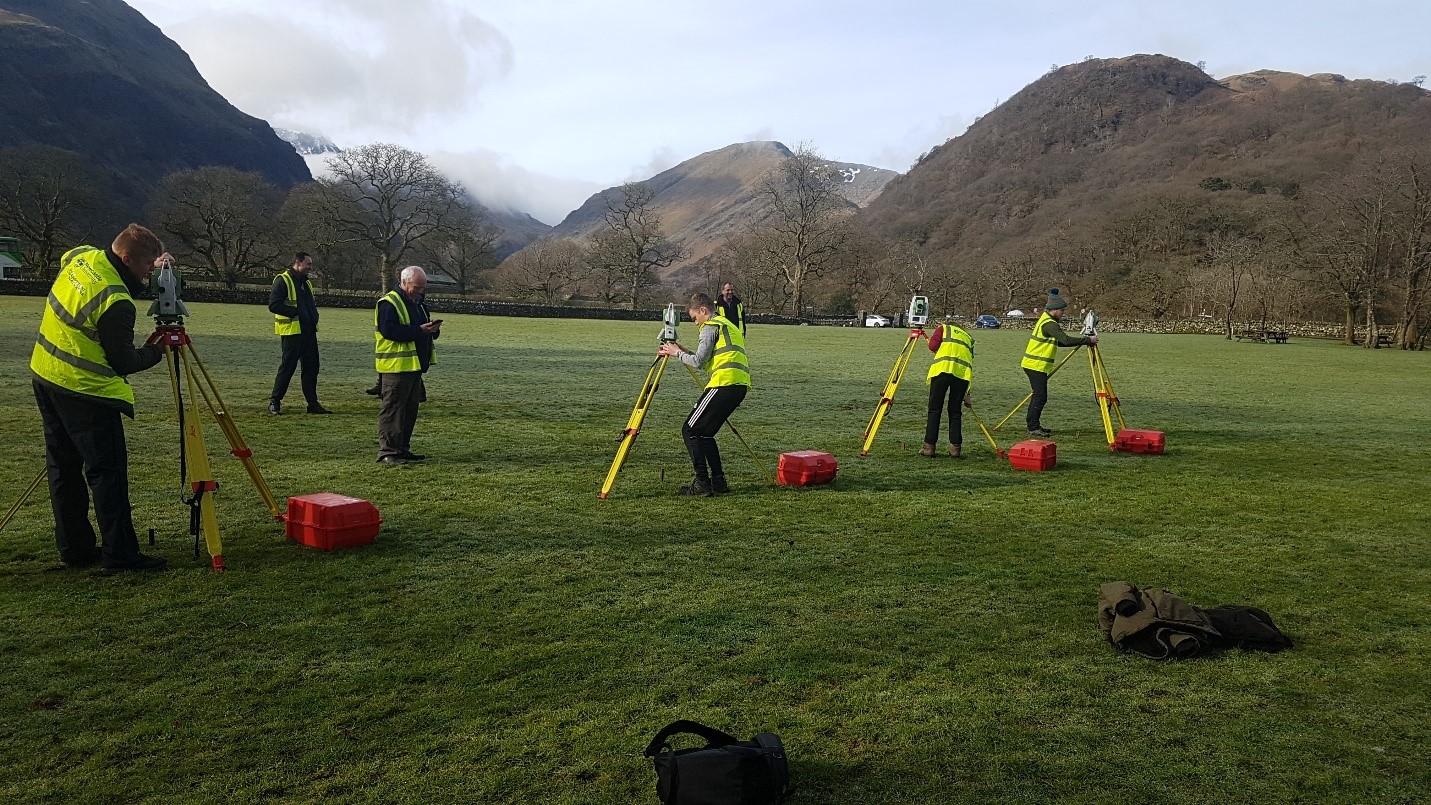 Nominated member of each group performing the set-up challenge.
Nominated member of each group performing the set-up challenge. 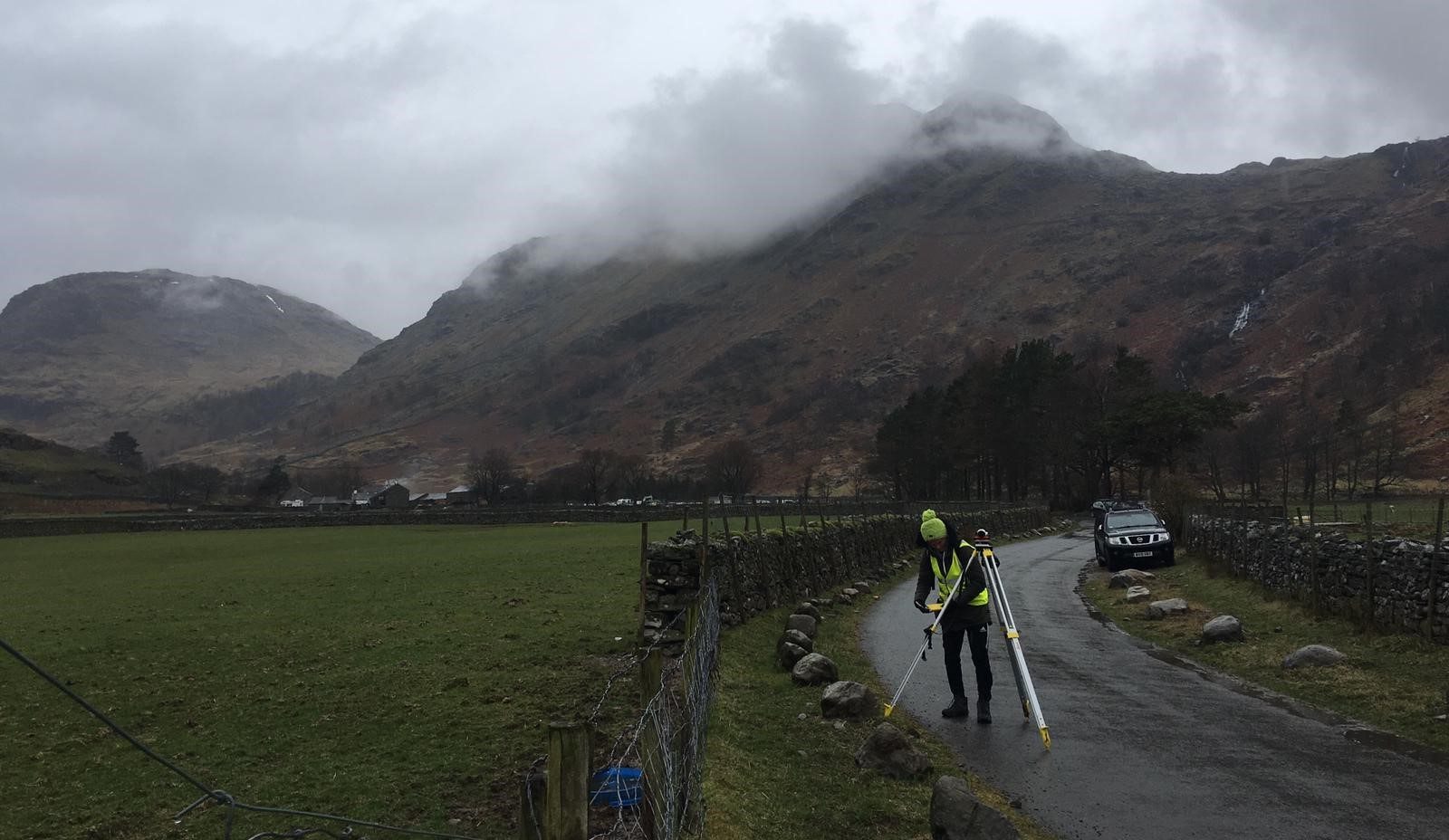 Levelling through the rainy weather.
Levelling through the rainy weather. 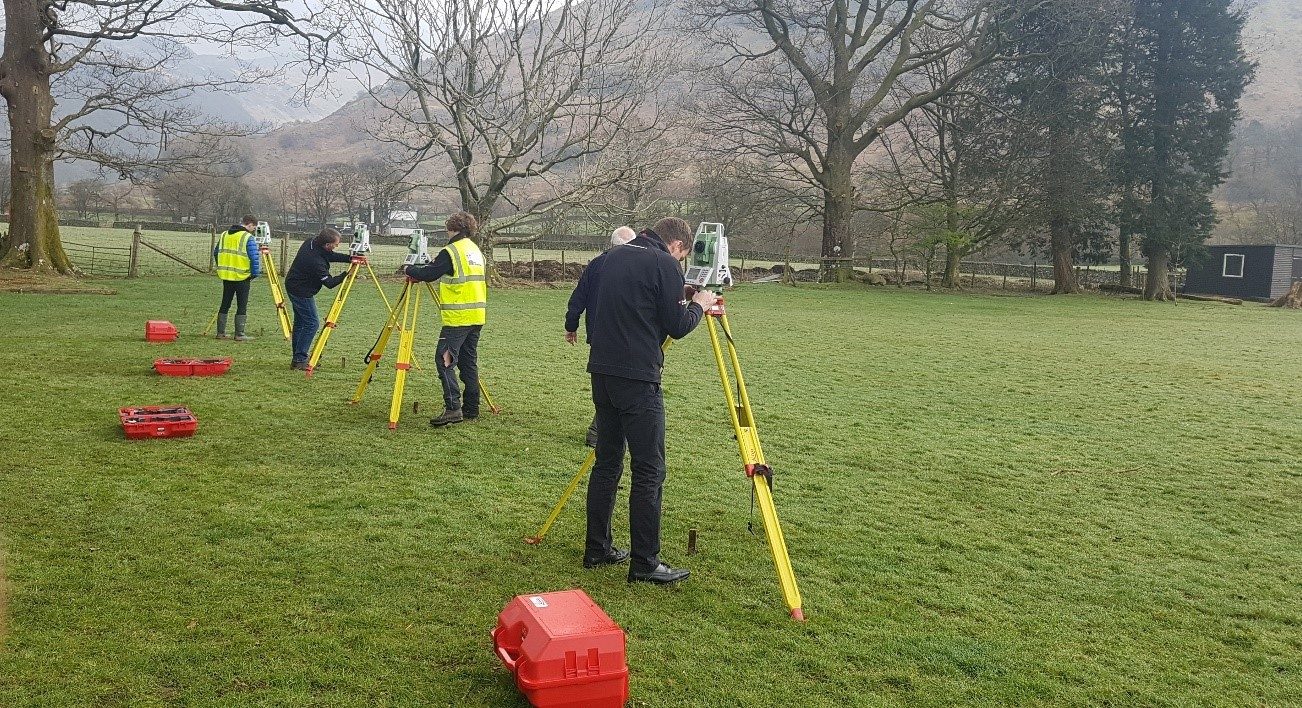 Representatives from Leica Geosystems competing against two staff members for set-up competition.
Representatives from Leica Geosystems competing against two staff members for set-up competition.